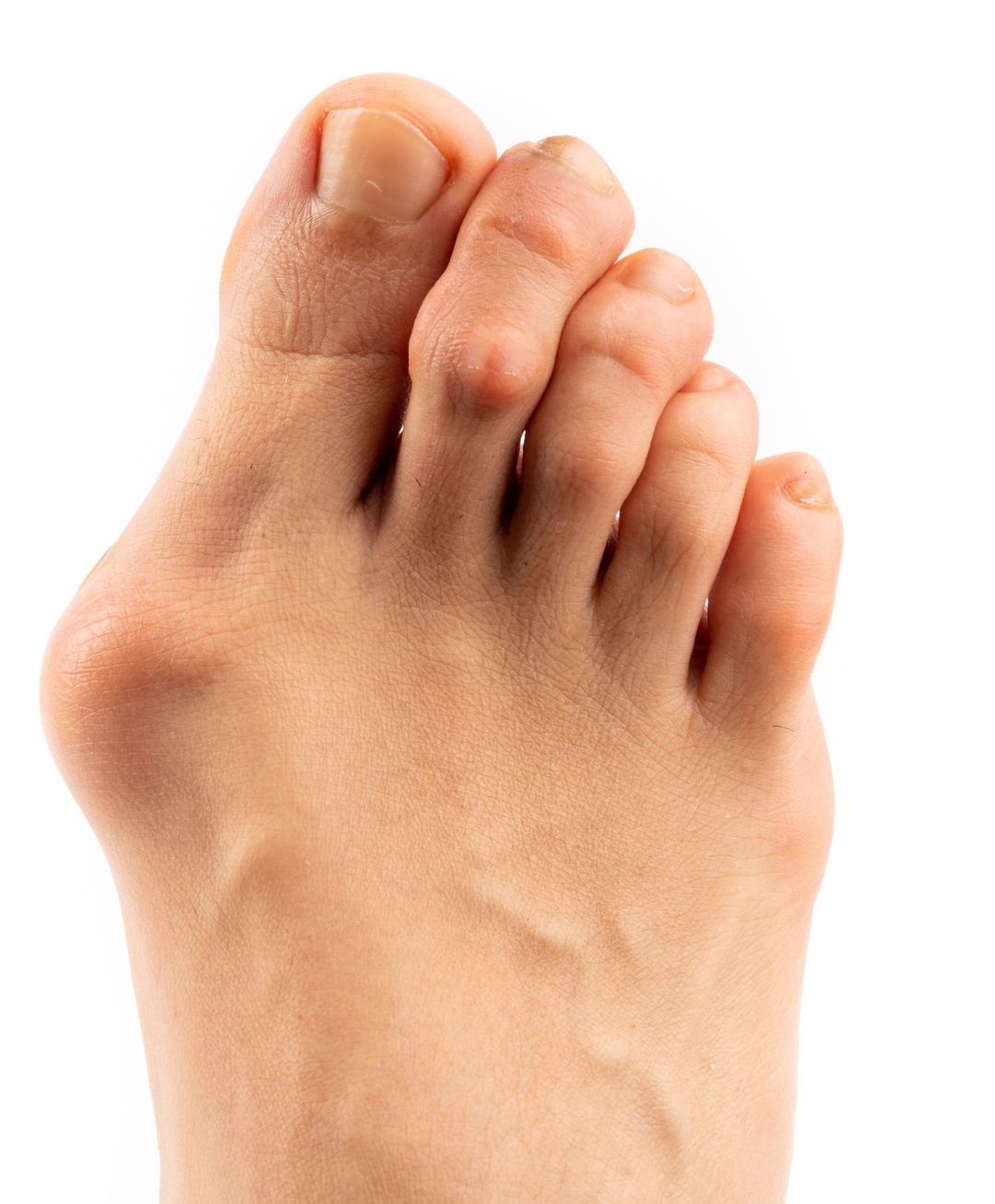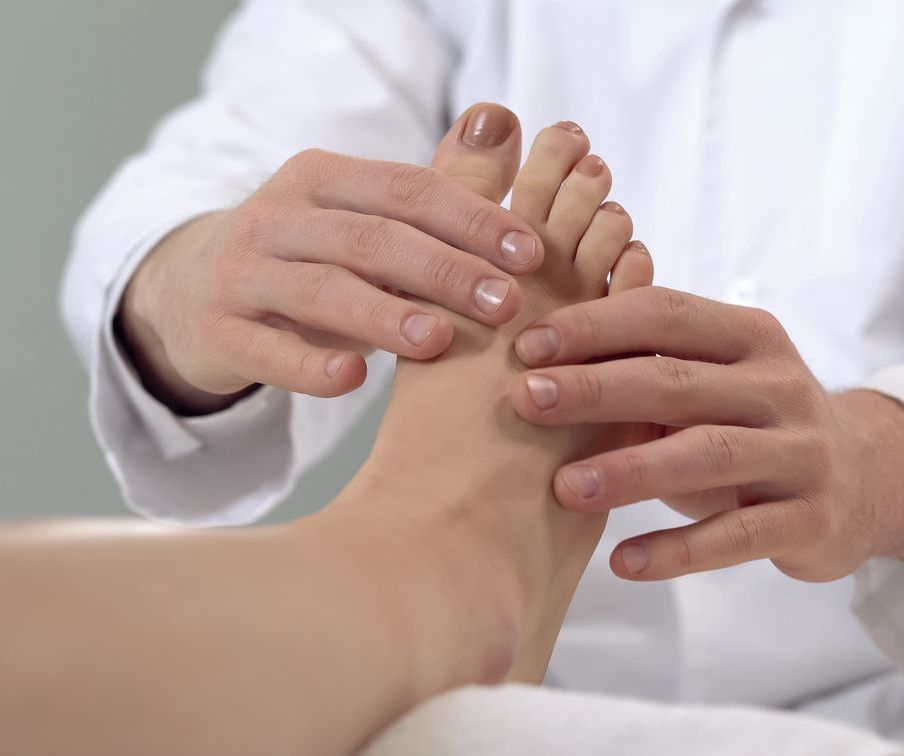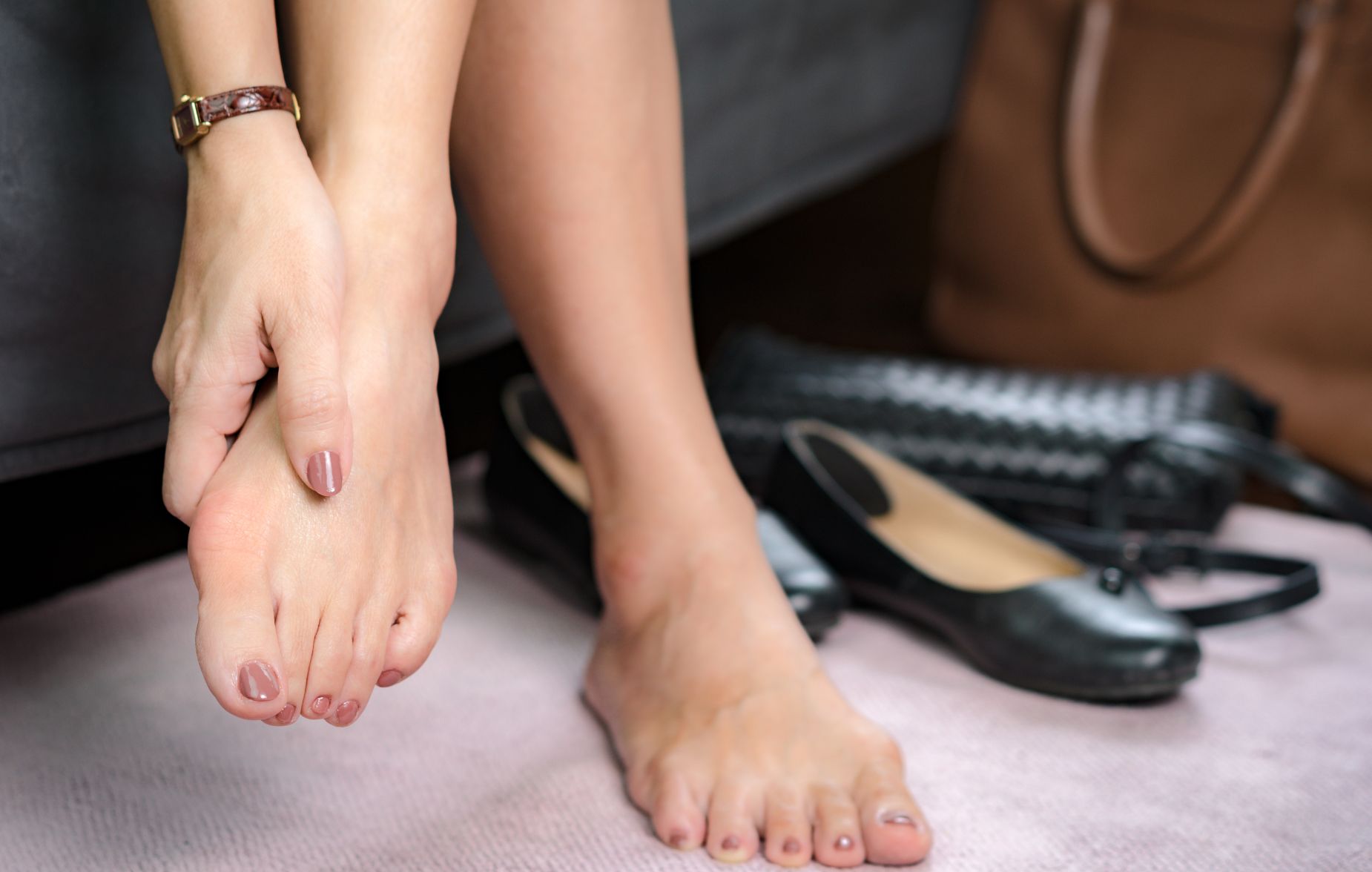Bunions are a common and often painful foot condition that can significantly affect your daily life. If you’ve been struggling with bunion pain, you may be wondering if surgery, specifically a bunionectomy, is the right option for you. While conservative treatments can often provide relief, there are times when surgery is the best way to restore comfort and function.
What is a Bunion?

A bunion, also known as hallux valgus, is a bony bump that forms on the joint at the base of your big toe. This bump occurs when the bones in the front part of your foot shift out of place, causing the big toe to lean toward the second toe. Over time, this misalignment can cause the joint to protrude and become inflamed, resulting in pain, swelling, and difficulty wearing shoes.
While bunions can develop for a variety of reasons, they are often linked to:
- Genetics: A family history of bunions can increase your risk.
- Foot structure: Flat feet, low arches, and other structural issues can contribute to bunion formation.
- Ill-fitting shoes: Wearing tight, narrow, or high-heeled shoes can put pressure on the toes and worsen bunion development.
- Arthritis: Conditions like rheumatoid arthritis can increase your chances of developing bunions.
Conservative Treatments for Bunion Pain Relief
In many cases, bunion pain can be managed without surgery. Conservative treatments focus on relieving symptoms and preventing the bunion from worsening. These include:
- Wearing Proper Footwear: Shoes with a wide toe box and good support can reduce pressure on the bunion and provide relief. Avoiding tight, narrow, or high-heeled shoes can prevent further irritation.
- Using Orthotics: Custom orthotic inserts can help correct foot mechanics, reduce pressure on the bunion, and improve alignment.
- Padding and Taping: Padding the bunion can help minimize friction, while taping the foot can help reposition the toe and reduce pain.
- Pain Relievers and Anti-inflammatories: Over-the-counter medications like ibuprofen or acetaminophen can help reduce pain and inflammation associated with bunions.
- Ice Therapy: Applying ice to the bunion for 10-15 minutes several times a day can help reduce swelling and pain.
- Physical Therapy and Stretching: Specific exercises and stretches may help improve flexibility and strengthen the muscles around the joint, providing some relief from pain.
While these treatments can help manage bunion pain, they won’t reverse the deformity. If conservative measures are no longer effective, or if the pain is interfering with your quality of life, it may be time to consider a more permanent solution.
When to Consider a Bunionectomy
A bunionectomy is a surgical procedure that removes the bony bump and realigns the bones in the foot to correct the deformity. Although surgery is typically considered a last resort, there are several signs that it may be necessary:
- Persistent Pain: If you’re experiencing constant pain that doesn’t improve with conservative treatments, surgery may be the best option to relieve discomfort and restore function.
- Difficulty Walking: If your bunion is making it difficult to walk, stand, or engage in everyday activities, a bunionectomy can help restore mobility and alleviate pain.
- Chronic Swelling and Inflammation: Swelling and inflammation that persist despite rest, ice, and medication may indicate a more severe problem that requires surgical intervention.
- Inability to Wear Shoes Comfortably: If wearing shoes has become a painful or impossible task due to the size of the bunion, surgery can correct the deformity and make it easier to find comfortable footwear.
- Bunion-related Complications: In some cases, bunions can lead to other foot problems, such as hammertoes, calluses, or bursitis. Surgery may be necessary to address these complications and prevent further issues.
What to Expect from a Bunionectomy

A bunionectomy is a highly individualized procedure, with several different surgical techniques available depending on the severity of your bunion and the overall condition of your foot. Your surgeon will evaluate your unique situation and determine the best approach for correcting the deformity.
During the surgery, the following steps may be involved:
- Removing the bunion: The bony bump is removed to reduce the size of the deformity.
- Realigning the bones: The bones in your foot are realigned to correct the position of your big toe.
- Securing the joint: In some cases, small screws or pins may be used to stabilize the joint and ensure proper healing.
Recovery from a bunionectomy typically takes several weeks to a few months, depending on the extent of the surgery. You may need to wear a protective boot or cast, use crutches, and avoid putting weight on your foot while it heals. Physical therapy and follow-up care are often part of the recovery process to ensure the best results.
Is a Bunionectomy Right for You?
Deciding to have a bunionectomy is a personal choice, but it’s important to make an informed decision based on your level of pain, mobility, and the impact of the bunion on your life. If conservative treatments have not provided relief and your bunion is affecting your daily activities, surgery may be the best option to regain your comfort and function.
At Sheehy Ankle & Foot Center, we will work with you to determine the best course of action for your individual needs. Whether you’re exploring conservative treatments or considering surgery, we’re here to provide compassionate care every step of the way.
Find Relief from Bunion Pain Today
If bunion pain is keeping you from enjoying your everyday life, don’t wait to seek relief. Contact Sheehy Ankle & Foot Center to schedule a consultation today. We’ll help you explore your options for bunion pain relief and determine whether a bunionectomy is right for you.
